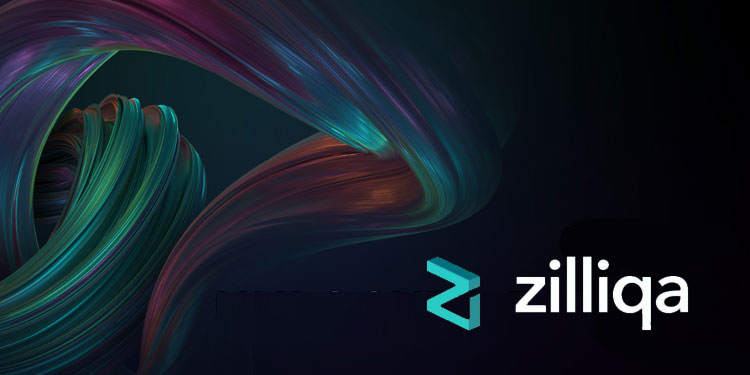
Numerous layer-2 blockchains have integrated EVM compatibility into their systems, however, Zilliqa has taken an additional stride by explicitly assimilating EVM into their ecosystem. By employing this approach, it is possible to transfer tokens seamlessly between various applications, without encountering any problems such as address space incompatibility.
By utilizing the Ethereum Virtual Machine (EVM), Zilliqa can take advantage of the extensive ecosystem of the Ethereum network, which encompasses its tools, developer community, and infrastructure. The integration of Zilliqa and the Ethereum network is facilitated by the “Ethereum Bridge,” which establishes a secure conduit for the transmission of data between the two platforms. The Zilliqa mainnet allows developers to seamlessly migrate their Ethereum-based smart contracts without the need for any alterations or modifications. The Scilla smart contract language and Zilliqa’s sharding capabilities become more accessible to developers due to this interoperability, among other benefits.
The integration of the EVM into Zilliqa’s mainnet offers several benefits. The scalability of the system is improved by the combined utilization of Zilliqa’s sharding capabilities and the EVM’s transaction processing capabilities. Enhanced transaction throughput is advantageous for developers without compromising Ethereum’s decentralization or security. The primary advantage of Zilliqa lies in its ability to lower transaction costs, enabling developers to leverage faster and more cost-effective transactions without the need to modify their existing Ethereum contracts.
📚 Interested in learning more about the expanding ecosystem of @zilliqa through #EVM?
Check out our latest article to gain valuable insights on $ZIL and stay up-to-date! ⬇️
Read now: https://t.co/HYagcRCtaU pic.twitter.com/UOvSWnBztq
— Stakin (@StakinOfficial) May 19, 2023
In addition, developers are granted entry to the functionalities of Zilliqa, which encompasses the Scilla smart contract language that is designed to be secure and sharding to augment network performance. Finally, the linkage improves the compatibility between Zilliqa and Ethereum by enabling seamless transmission of assets and information. Zilliqa’s decision to integrate the EVM is a strategic maneuver aimed at incentivizing Ethereum developers to expand their knowledge of the platform and develop applications for it. Zilliqa could be of interest to developers who are searching for solutions to Ethereum’s scalability challenges, as it offers a programming environment that is familiar and has lower entry barriers. In order to foster innovation within the Zilliqa ecosystem, the platform has implemented various programs and initiatives, including awards, hackathons, and training tools, to aid Ethereum developers in transitioning to the platform.
The integration of the EVM into the mainnets of Zilliqa and Ethereum will yield significant advantages for both platforms. The partnership effectively combines the extensive development community and infrastructure of Ethereum with the scalability and low transaction fees of Zilliqa. This mutually beneficial collaboration is poised to benefit the entire blockchain industry.
The fact that Zilliqa has been successful in drawing in Ethereum developers is a positive sign for the platform’s future. It is expected that the platform will see a proliferation of creative decentralized applications (dApps), decentralized finance (DeFi) protocols, and non-fungible token (NFT) projects. The amalgamation of unique blockchain ecosystems results in the overall advancement of the industry through enhanced innovation and the widespread adoption of blockchain technology.